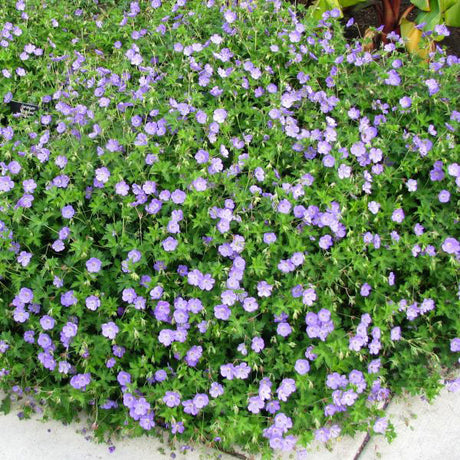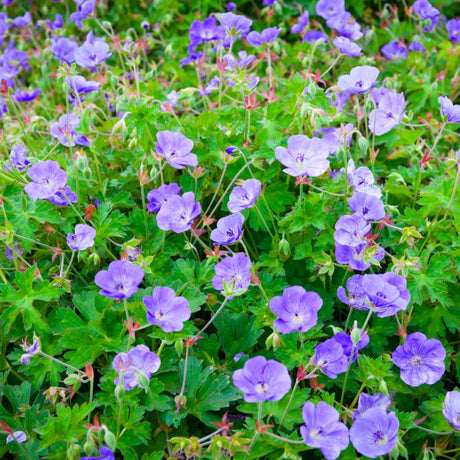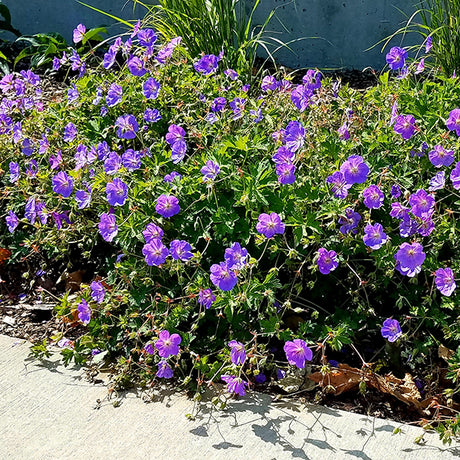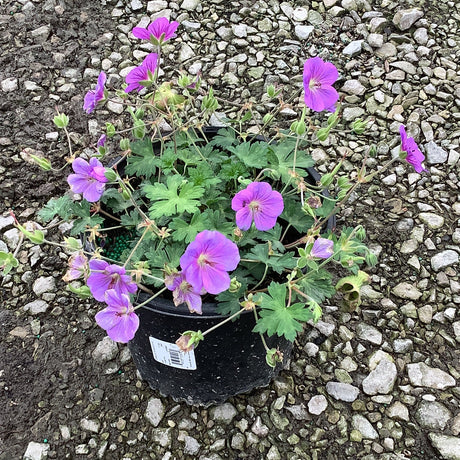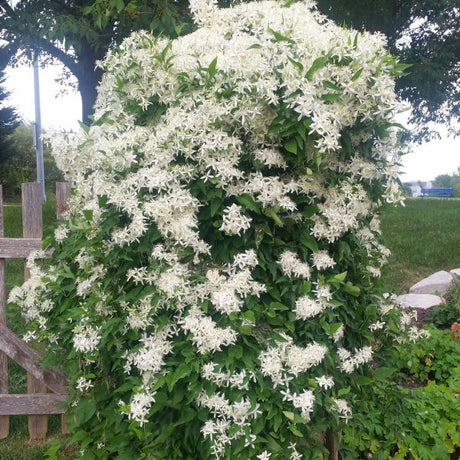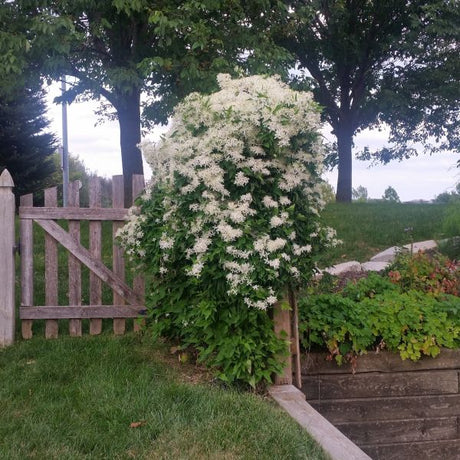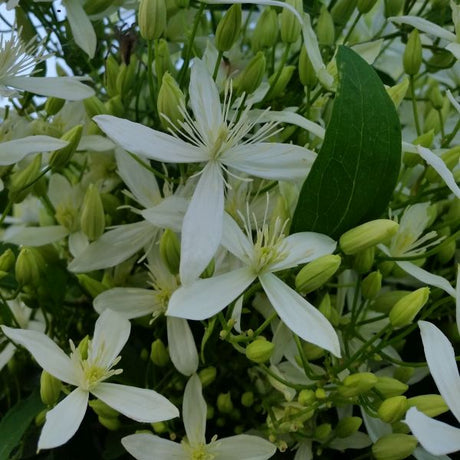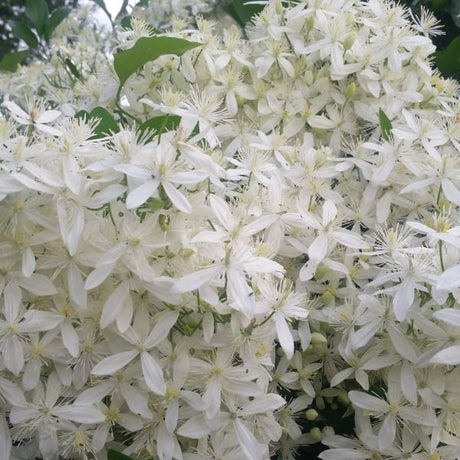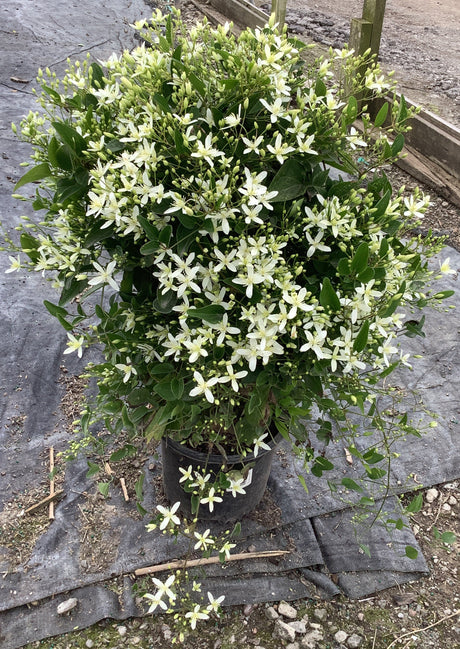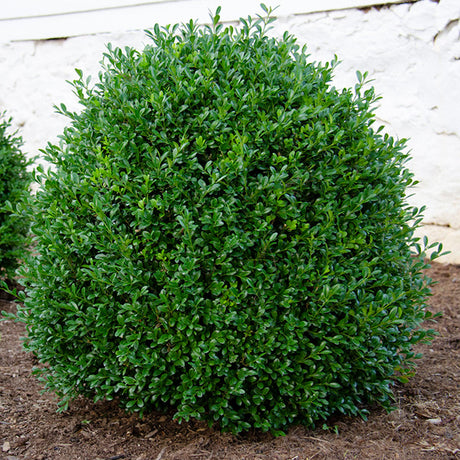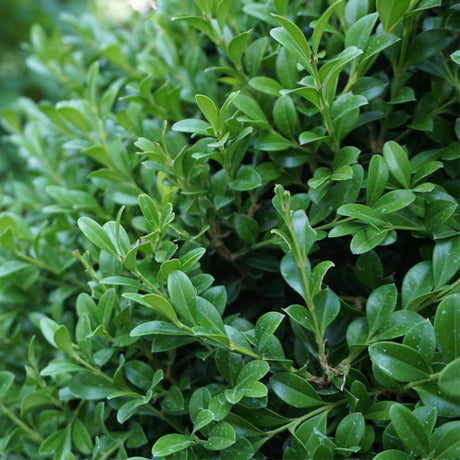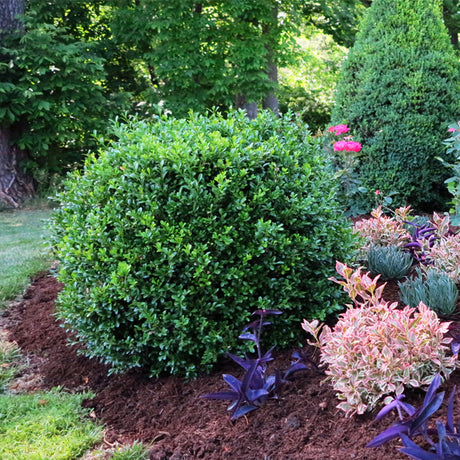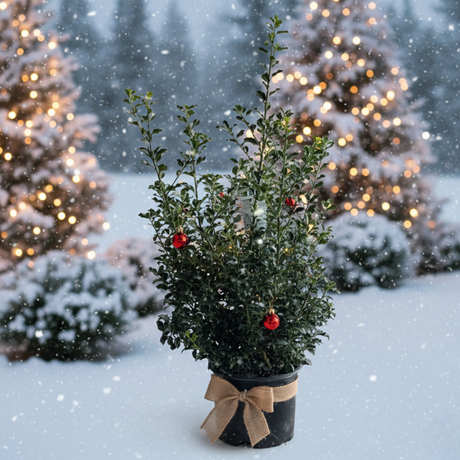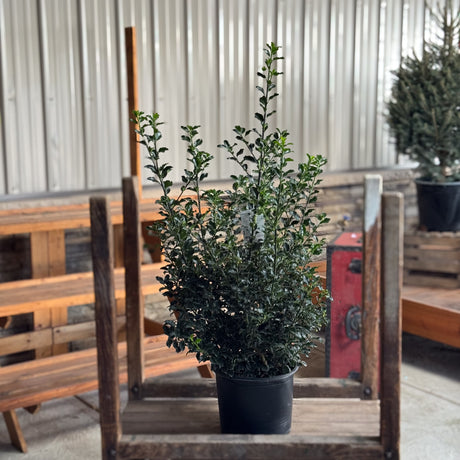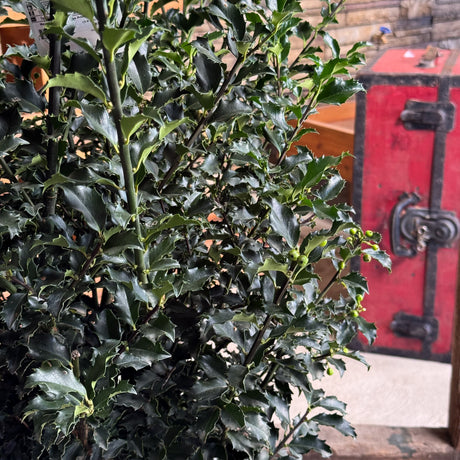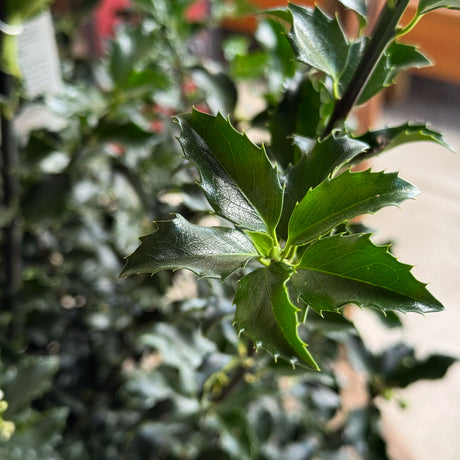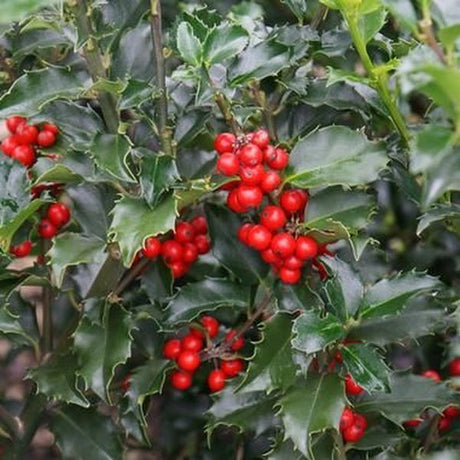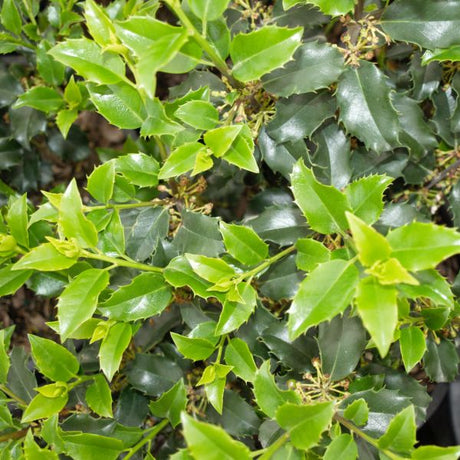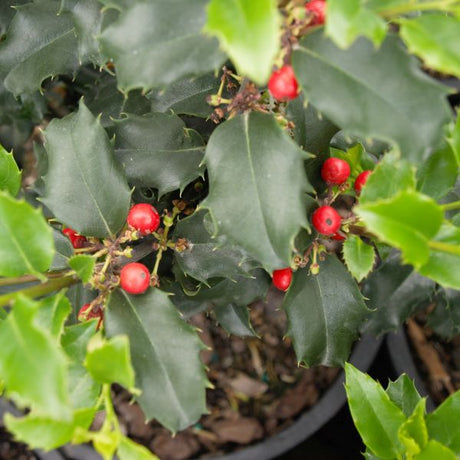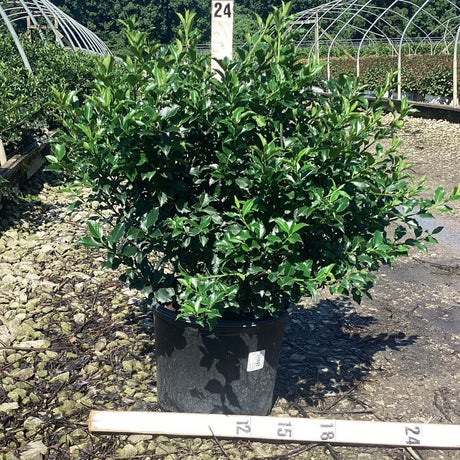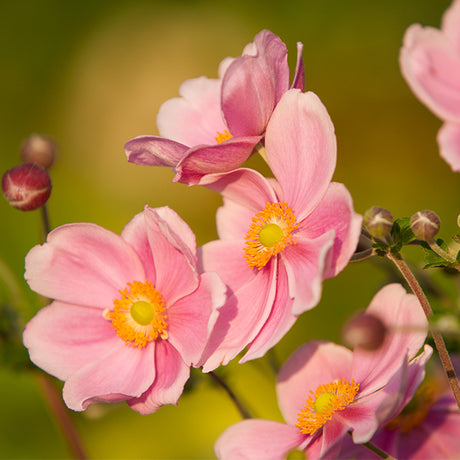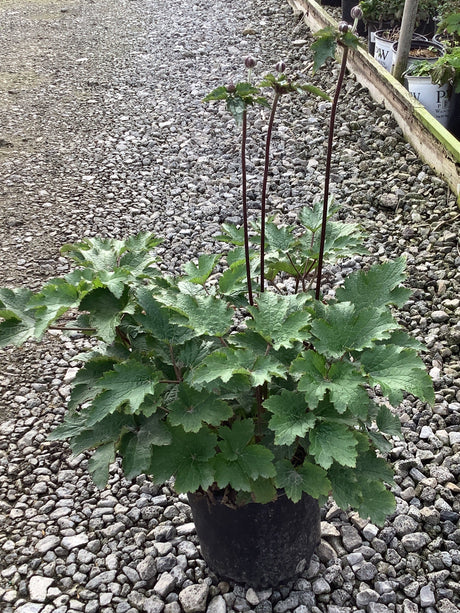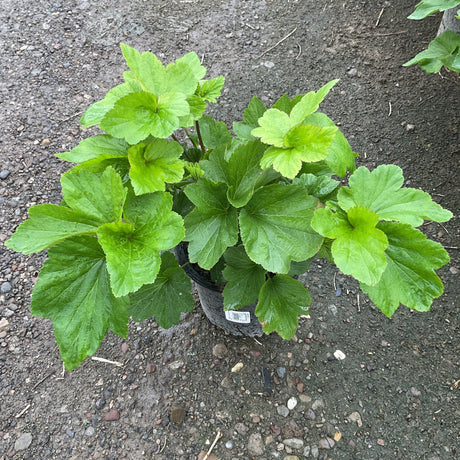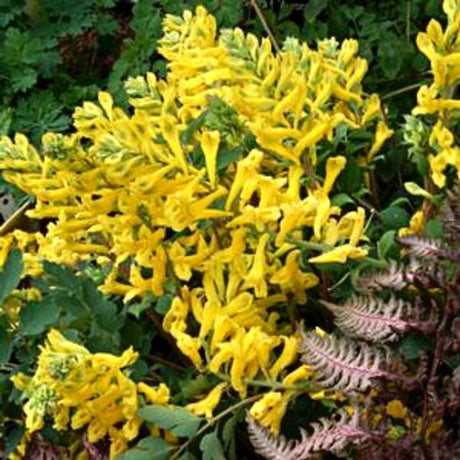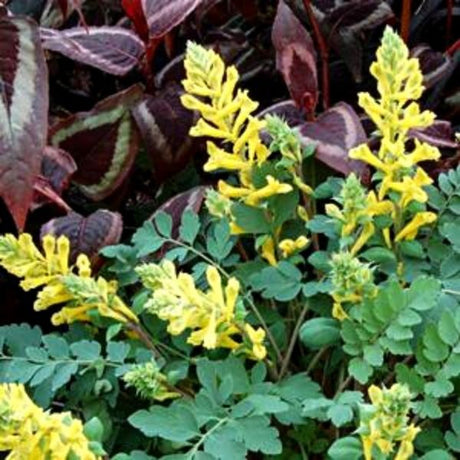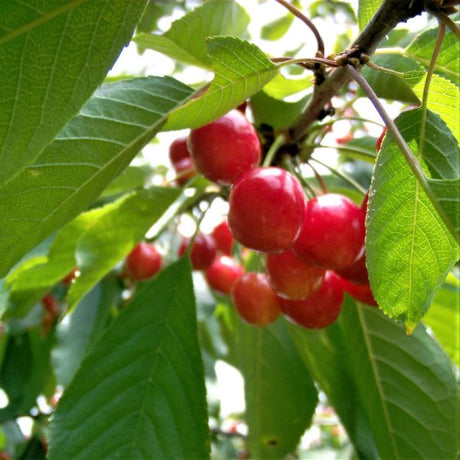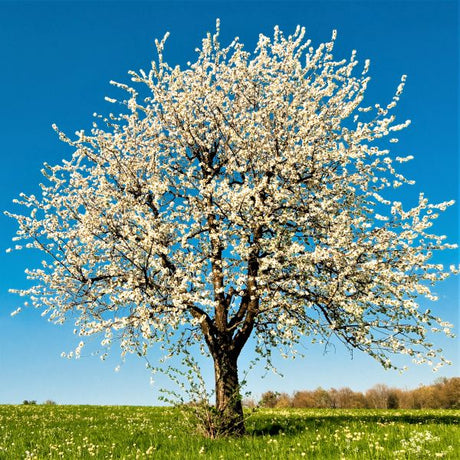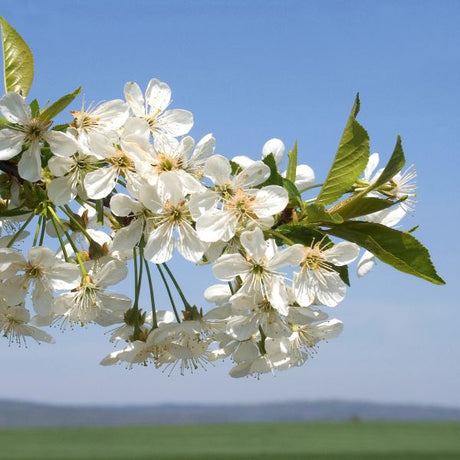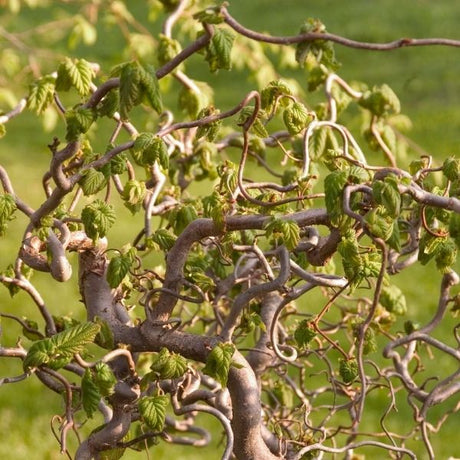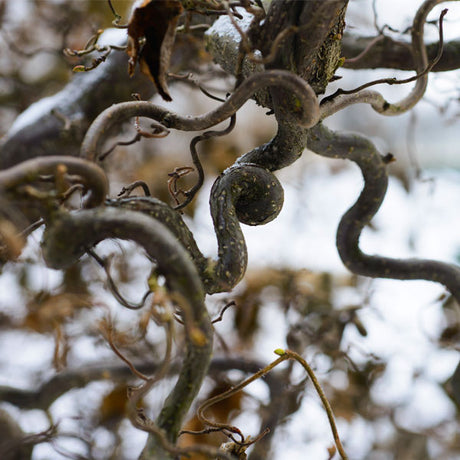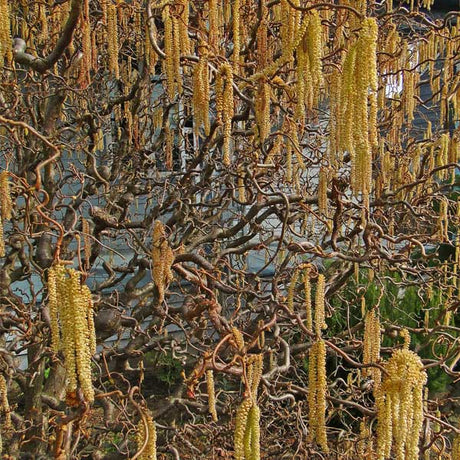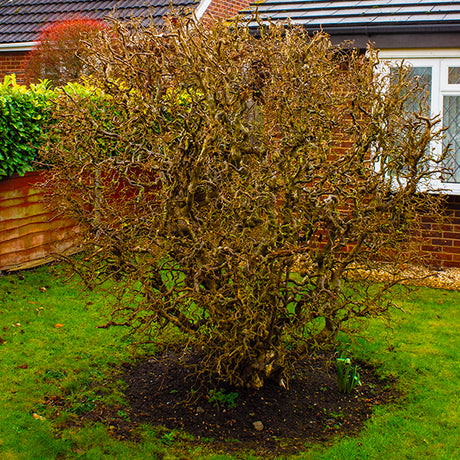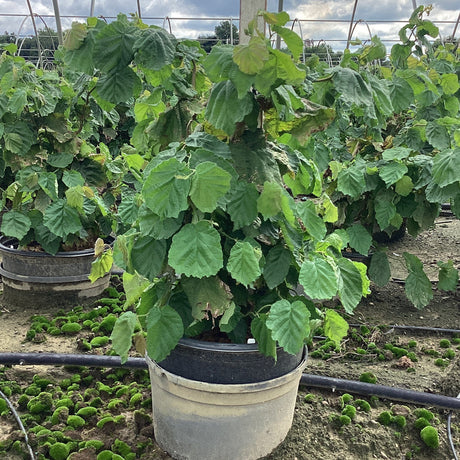Brighten those shady spots in the landscape with a flowering shrub or the steady verdant hue of evergreens! Available in large, medium, and small sizes, shade-loving shrubs come in a wide array of flower colors, leaf textures, and forms to bring new life to dark corners of your garden.
Shade can be tricky! Finding plants that not only survive but truly thrive is often a challenge. Shrubs are the perfect problem-solvers, filling that mid-height range between trees and perennials. They offer privacy, wildlife habitat, pollinator appeal, and seasonal interest with colorful flowers and fall foliage. In short, they add structure, life, and beauty where other plants may struggle.
Here are Nature Hills Nursery's top picks for both full shade and those tricky in-between partial shade spots, sure to transform your landscape with texture, color, and year-round interest!
- All About Shade Shrubs
- Moist/Wet Soil Shade Shrubs
- Dry/Arid/Xeric Shade Shrubs
- Other Shade-Loving Shrubs
- Bird-Friendly Shrubs
- Shade Shrubs for Erosion Control
- Deer-Resistant Options
- Happy Planting!
All About Shade Shrubs
Full shade (also called deep shade) means fewer than 4 hours of direct sun per day, or all-day indirect light filtered through trees or buildings. Partial shade or part sun means you'll get a few hours of sun with shade the rest of the day. Dappled shade gives sporadic rays of light throughout the day, often beneath a leafy canopy.
There's a difference between shrubs that merely tolerate shade and those that truly thrive in it. Most plants need sun to build strong stems, flowers, and fruit, so it's rare to see fruiting shrubs perform at their best in heavy shade. If your shrubs aren't happy, sometimes the solution is as simple as pruning back an overhanging tree or hedge to let in more light.
Shade also impacts the soil: dense canopies can block rainfall, leading to dry shade, while deep shade can leave areas soggy. Choosing shrubs that match your unique conditions is the key to success.
Moist/Wet Soil Shade Shrubs
Soggy sites can feel like a lost cause, but don’t worry! Plenty of moisture-loving shrubs thrive here. Willows, Dogwoods, Hollies, and Buttonbush are excellent choices for soaking up excess water while providing structure and beauty. Cheerful Kerria, with its golden-yellow flowers, is a standout for versatility in sun or shade.
Top Part Shade Shrubs for Moist to Wet Soil
- Holly Bushes – Inkberry, Winterberry
- Dwarf Blue Leaf Arctic Willow – fast-growing, clay-tolerant
- Nandina – Heavenly Bamboo with four-season color
- Buttonbush – unique native shrub with globe flowers
- Viburnum – flowers, berries, and high wildlife value
- Dwarf English Laurel – broadleaf evergreen, salt-tolerant

Top Full Shade Shrubs for Moist to Wet Soil
- Diervilla – colorful leaves and blooms
- Distylium – evergreen with unique foliage
- Pieris – broadleaf evergreen with fragrant blooms
- Witch-Hazel – early-blooming with fiery fall color
- Reeve's Skimmia – fragrant blooms for hot climates

Dry/Arid/Xeric Shade Shrubs
On the opposite end, dry shade can be even tougher! Think sandy or rocky soils, compacted ground, or slopes where water runs off too quickly. These areas call for drought-tolerant, xeric shrubs that can handle the stress.
Start plants off right with compost and mulch to hold moisture. Even drought-tolerant shrubs need watering until established, then they'll reward you by thriving with less fuss.
Top Choices for Dry Shade
- Sumac – fine texture, highly drought-tolerant
- Privet – fast-growing, cold-tolerant hedge
- Abelia – colorful blooms
- Elderberry – attractive foliage and flowers (less fruit in shade)
- Red Tip Photinia – colorful hedge for hot climates

Other Shade-Loving Shrubs
If your soil is moderately moist and well-drained, you're in luck! You'll have the widest selection! From Hydrangeas and Snowberries to Hollies, Rhododendrons, and Azaleas, many shrubs thrive beautifully in these balanced conditions.
Bird-Friendly Shrubs
Plant for the birds! Shrubs provide shelter, food, and nesting sites. Evergreens like Holly and Oregon Grape Holly are wonderful for cover, while Viburnums and Snowberries supply berries. Flowering shrubs also bring in insects, an essential food source for birds.
Shade Shrubs for Erosion Control
Struggling with slopes or erosion? Colonizing shrubs like Diervilla, Currants, Spicebush, and Sumac spread roots that stabilize the soil. Mix shallow- and deep-rooted varieties for the best results and improved biodiversity.
Deer-Resistant Options
While no plant is truly deer-proof, some shrubs are less appetizing to browsing wildlife. Consider Boxwood, Pieris, Bayberry, Holly, or thorny Barberry. Always protect young shrubs until they're established, and use repellents if deer pressure is high.
Happy Planting in the Shade!
Don't fight the shade! Embrace it! With the right shrubs, those dim areas become lush, colorful, and full of life. From evergreen structure to bursts of flowers, shade-loving shrubs will thrive where others fail. Explore the best shade shrubs at NatureHills.com and bring beauty back to your shady corners.
Happy Planting!


